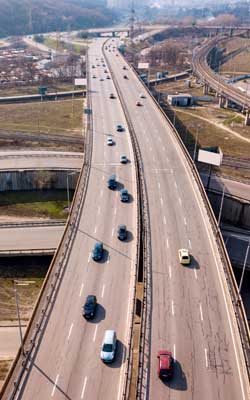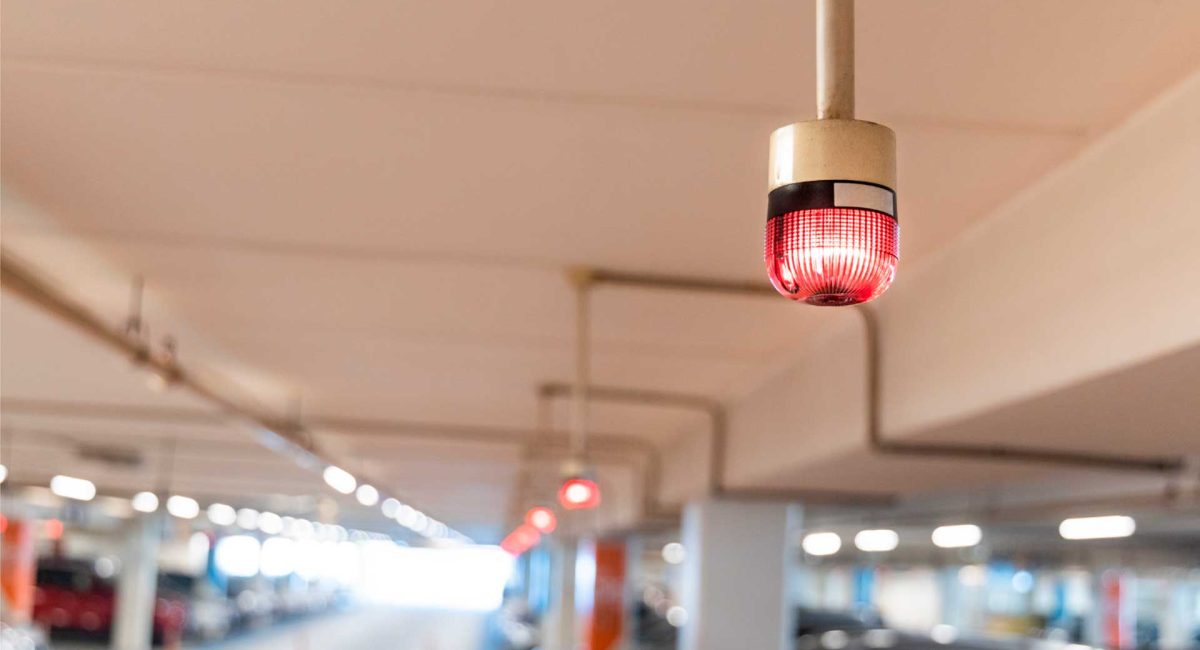The application of Artificial Intelligence systems for mobility management is a key factor in the future of urban traffic.
Smart networks, autonomy in vehicles, smart public transport infrastructure and sensor technologies are no longer futurist ideas. Now they are a reality that is being introduced into cities around the world. The development of a smart traffic network is synonymous with rapid and effective integration into mobility and energy systems for cities, keeping up-to-date in innovation.
The impact for traffic congestion in cities
Traffic management systems in cities control urban mobility. They cover the flow of traffic and the organisation of parking, and calculate the zones affected by works and vehicle congestion points. The traffic data are sent to connected autonomous vehicles in real time. These advanced sensor technologies, applied to mobility control, enable traffic signs to adjust according to traffic conditions in real time. All this is thanks to an increasing and increasingly optimised use of Artificial Intelligence.
Traffic management and strategic control in a Smart City
Directed applications in smartphones that enable citizens to share information on traffic or those that encourage running, and using electric scooters and bicycles result in interactive maps of the city in real time. The data offered by users is stored in a global smart mobility system. This assumes that the city’s administrative bodies can use these data in real time to generate information and improve operational efficiency considerably. Likewise, communication campaigns can be carried out and an active voice can be given to the population on urban mobility management.
This proposal enables local authorities to detect unforeseeable traffic problems and incidents, in order to offer solutions in a flexible and coordinated manner, redirect traffic or plan alternative itineraries during construction works. It also enables us to control parking in the city and share data in real time with the emergency services, reducing response time for all types of incidents.

Smart systems in public transport
The application of smart technologies in public transport networks enables their administration to be optimised, creating autonomous, passenger-centred transport. Smart public transport systems tend to depend on renewable energies, achieving sustainable development thanks to a measure that reduces dependence on private petrol or diesel vehicles.

Environmental commitment
Cities are the main contributors to greenhouse gas emissions, which encourage urban air pollution. 26% of these emissions correspond to transport, and are becoming a problem that must be drastically dealt with, with the aim of meeting the conditions set out in the agreement of the Paris Climate conference (COP21).
The implementation of Artificial Intelligence in urban traffic notably reduces atmospheric, visual and acoustic pollution. These environmental impacts have a significant effect on public health, increasing respiratory problems in the long term, along with stress and anxiety.
Economic impact
Traffic congestion leads to economic losses. Slow moving traffic must be added to the cost of fuels. Time is money and workers lose productive time when travelling to their places of work, reducing the performance of our cities. Nobody is in a good mood after hours of sitting in traffic! These conditions mean that residents try to get away from city centres, which represents economic losses in the city.
Further, tourism in the most important cities of the world is a key sector of economic activity. A high level of traffic, with the negative factors it involves, causes a decrease in the proportion of tourists who want to visit the city, leading to losses in the urban economy.
The main objective of smart traffic solutions is to achieve a transcendental impact, not only in increased road safety or improved energy efficiency, but also in the mental and physical health of citizens, thereby improving their quality of life and creating cities that are prosperous to live and work in, and to visit.


